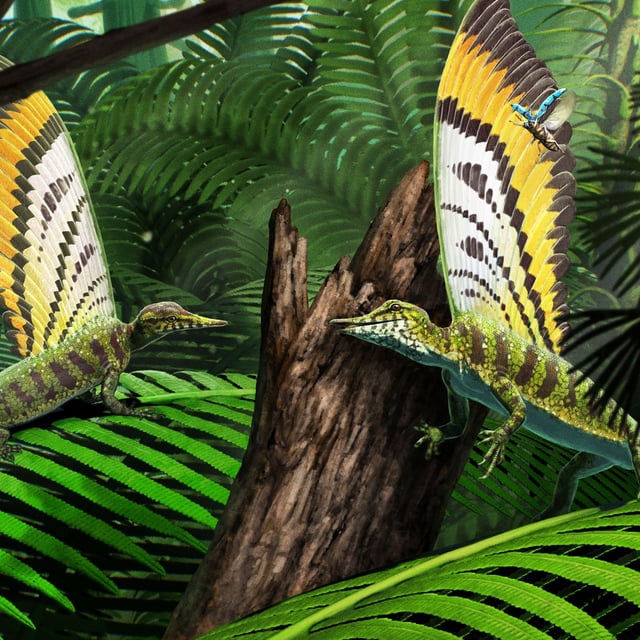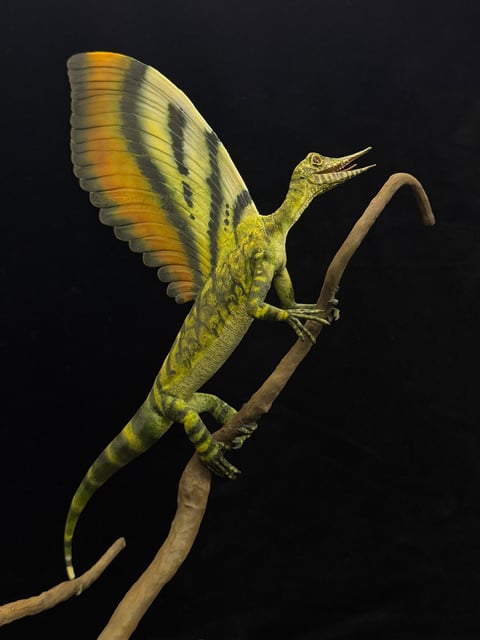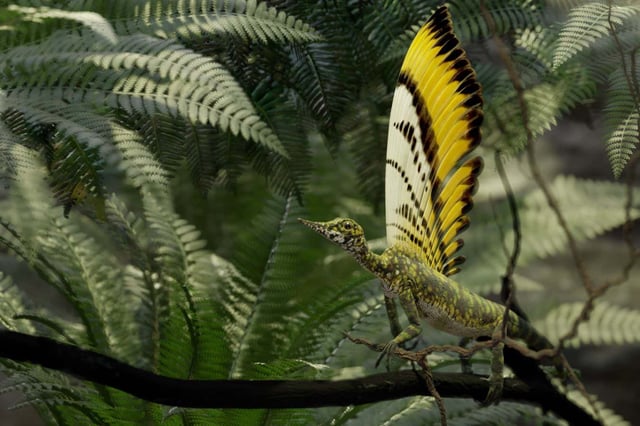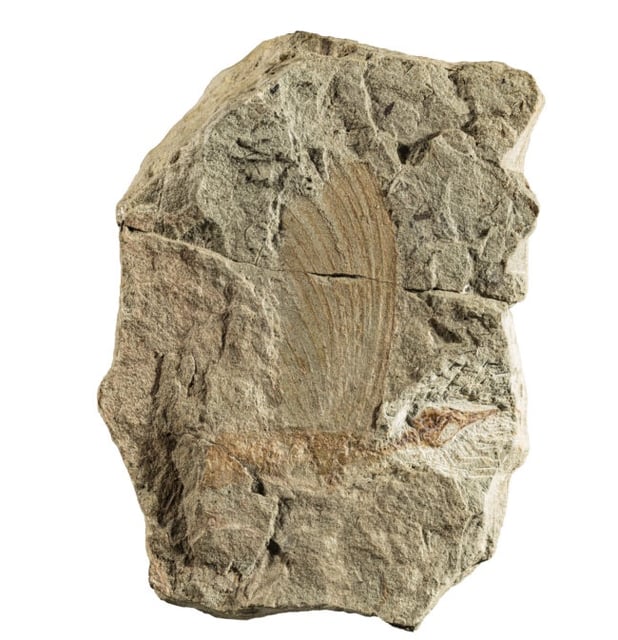Overview
- A Nature paper published July 23 formally names the new genus and species Mirasaura grauvogeli based on two complete skeletons and associated specimens collected in the 1930s
- The tall dorsal crest consists of corrugated, non-branched skin appendages preserving melanosomes that resemble those in bird feathers, confirming conspicuous pigmentation
- Phylogenetic analysis places Mirasaura as the closest known relative of Longisquama within the drepanosaur clade, indicating elaborate back sails were a groupwide trait
- Morphological and pigment evidence supports the hypothesis that the crest functioned as a colored display structure for intraspecies communication or mating rituals
- Advanced imaging techniques, including synchrotron scans and electron microscopy of over 80 specimens, reveal soft-tissue details that reshape views of early amniote integument diversity



